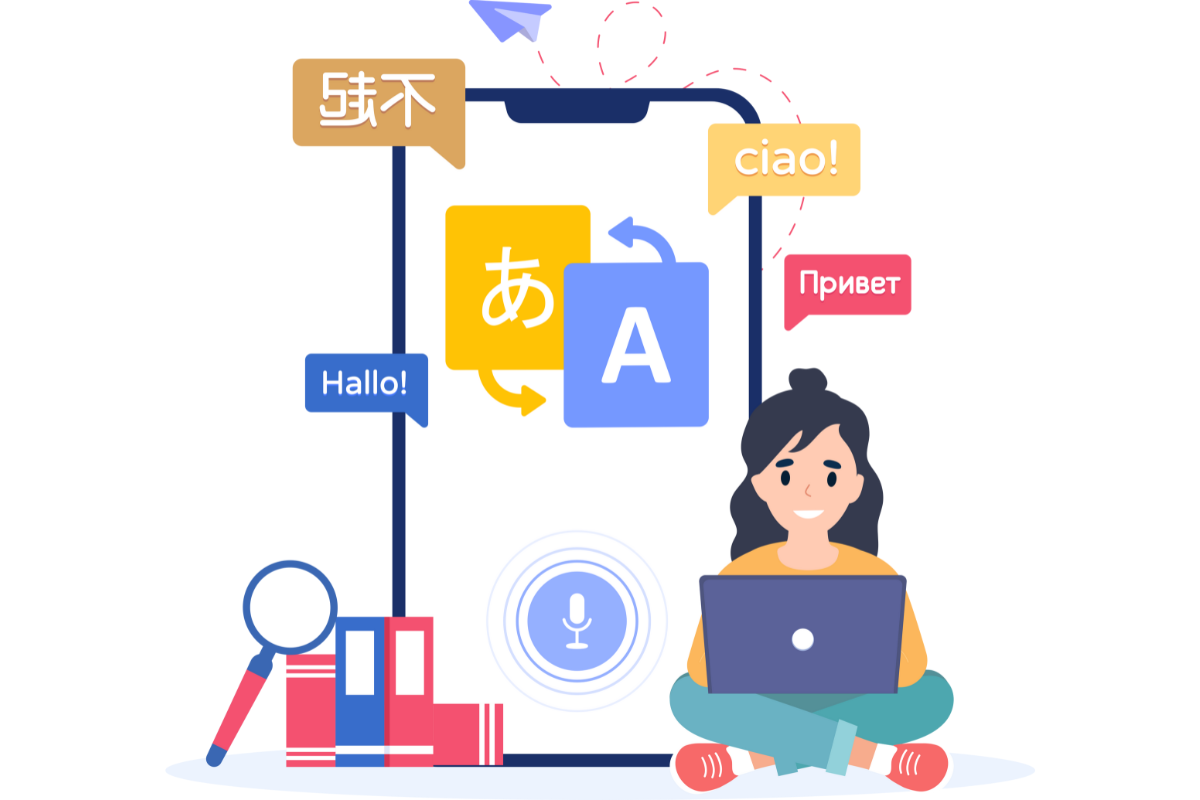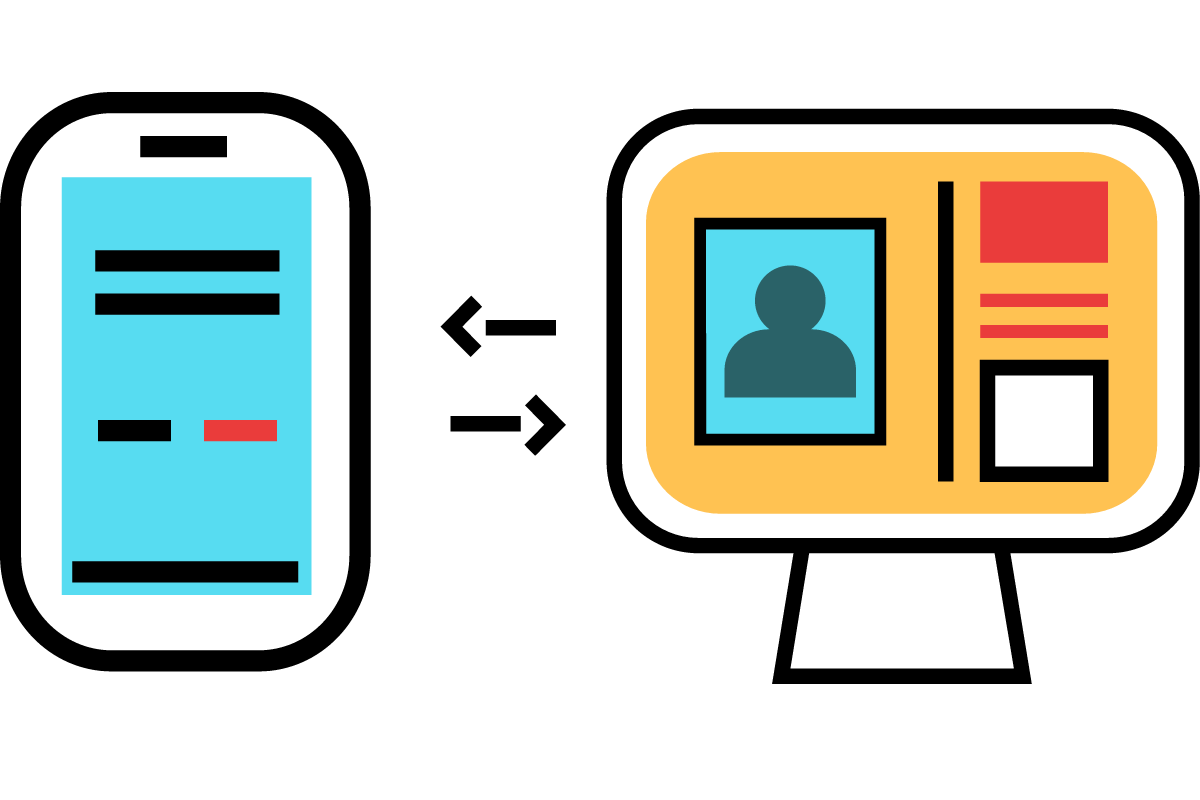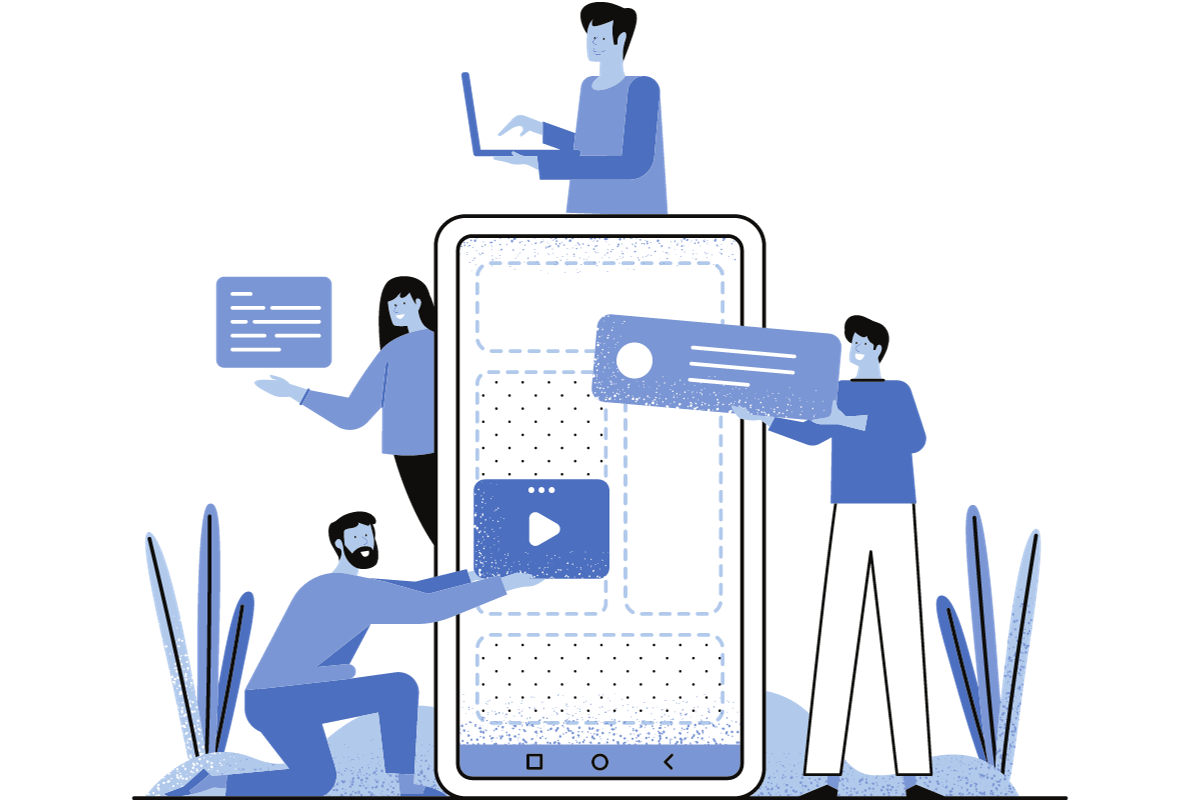In the digital age, communication is the lifeblood of our connected world. With the meteoric rise of smartphones and the ubiquity of internet access, messaging applications have become an integral part of our daily lives.
From casual conversations with friends to essential business meetings, chat apps facilitate real-time communication like never before.
As an IT industry journalist, I’m here to guide you through the fascinating realm of messaging software development, shedding light on the intricacies, trends, and challenges that make it an exciting domain.
The Evolution Of Chat Apps
Messaging applications have revolutionized communication, transforming real-time conversations from a niche online phenomenon into a ubiquitous part of our daily lives.
The journey from early instant messaging platforms to today’s feature-rich applications has been marked by innovative chat app development, adaptation, and a constant drive to enhance user experiences.

From AOL Instant Messenger To Modern Chat Apps
The history of messaging applications dates back to the early days of the internet, with AOL Instant Messenger (AIM) becoming one of the first widely used platforms in the late 1990s.
Over the years, we’ve seen remarkable evolution, culminating in the diverse landscape of modern chat apps.
Key milestones in this evolution include:
- Text to Multimedia: Early messaging applications primarily supported text messages, while modern apps included multimedia support, such as images, videos, and voice messages.
- Real-Time Interaction: The shift from delayed messages to real-time communication has been a game-changer. Users now expect instantaneous responses in their messages.
- Cross-Platform Compatibility: Most modern chat apps are available on multiple platforms, including iOS, Android, and the web, ensuring users can communicate seamlessly regardless of their device.
- End-to-End Encryption: Privacy and security have become paramount. Many apps now offer end-to-end encryption to protect users’ sensitive data.
Current Trends In Chat App Development
Chat app development is a dynamic field, and staying up to date with the latest trends is crucial for developers and businesses aiming to create successful messaging applications.
Here are some of the trends shaping the industry:
- AI-Powered Chatbots: Integrating AI-driven chatbots provides enhanced user experiences by offering instant responses and automated interactions.
- Voice and Video Calls: Beyond text-based messages, voice and video calls are becoming increasingly popular, bridging the gap between messaging applications and traditional communication platforms.
- Multi-Platform Synchronization: Chat apps that work seamlessly across various devices, including smartphones, tablets, and desktops, are more appealing to users.
- Augmented Reality (AR): AR features in messaging apps allow users to add filters, effects, and fun animations to their conversations, making them more engaging.
- Integration with E-commerce: Some messaging applications now allow businesses to integrate e-commerce features, letting users shop and make payments directly within the app.
Building A Chat App: The Technical Essentials
Building a chat app requires technical expertise, creativity, and a deep understanding of user needs.

While the specific technical requirements may vary depending on the features and complexity of the app, some fundamental elements are essential for any messaging application development project.
Custom software development is crucial in creating robust and scalable chat apps. Now, let’s discover how to build one.
Choosing The Right Tech Stack
Developing a chat app involves selecting the right technology stack, which includes the programming language, database, and communication protocols. Some popular choices for chat app development include:
- Programming Language: Java, Kotlin, Swift, and JavaScript are common choices for developing software. Your choice may depend on the platform (Android or iOS) and your team’s expertise.
- Database: A reliable database is essential for storing messages and user data. NoSQL databases like MongoDB or Firebase are often used for scalability and real-time capabilities.
- Communication Protocols: WebSockets, MQTT, and XMPP are commonly used protocols for real-time communication. These protocols allow for efficient data exchange between clients and servers.
Building Real-Time Messaging
Real-time messaging is the core feature of messaging applications, and implementing it effectively is critical. Here are the key components:
- WebSockets: WebSockets provide full-duplex communication channels over a single TCP connection. They are the foundation for real-time messaging in messaging apps, enabling instant delivery.
- Push Notifications: To keep users engaged, push notifications are vital. They inform users of new messages or updates, even when the app is inactive.
- Message Queues: Message queues help manage message delivery efficiently. Systems like RabbitMQ or Apache Kafka can be integrated to handle message distribution.
- Sync Mechanisms: Implementing mechanisms for real-time message synchronization ensures that all users receive messages simultaneously, maintaining the conversational flow.
User Authentication and Authorization
Security is a top concern in messaging software development. Proper user authentication and authorization are essential to protect user data and maintain privacy.
- OAuth 2.0: OAuth 2.0 is a widely used protocol for authentication and authorization. It allows users to grant permission for third-party software to access their data without revealing their credentials.
- End-to-end Encryption: Implementing end-to-end encryption ensures that only the intended recipients can read the messages. Popular encryption libraries like Signal Protocol are often integrated.
- User Data Protection: Secure storage and encryption of user data, including profile information and chat history, is critical to maintaining customer trust.
Scalability and Server Load Balancing
As chat apps grow in popularity, they need to handle increasing numbers of users and messages. Scalability and load balancing are crucial for a seamless user experience.
- Load Balancers: Load balancers distribute incoming requests across multiple servers to ensure even server workloads. Tools like Nginx and HAProxy are commonly used.
- Horizontal Scaling: Adding more servers to your infrastructure allows you to handle increased loads. Cloud-based services like AWS, Azure, and Google Cloud make this process more manageable.
- Caching: Caching frequently requested data can reduce the load on the server and improve app responsiveness.
Challenges In Chat App Development
Building a chat app presents a unique set of challenges that developers must address to ensure the app’s functionality, performance, and security.

These challenges range from technical complexities to user-centric concerns, requiring careful planning, thoughtful design, and continuous improvement.
Data Synchronization
Synchronizing messages and user data across multiple devices and platforms can be complex.
Developers must ensure that a message sent on one device appears seamlessly on others. Techniques like cloud synchronization, data versioning, and conflict resolution are used to address this challenge.
Security and Privacy
Protecting customer data and maintaining the security of chat apps is a significant challenge.
Developers must stay updated with the latest security threats and employ encryption, authentication, and other security measures to ensure user trust.
User Experience
User experience is paramount in chat app development. Users expect intuitive interfaces, quick response times, and a delightful experience.
Achieving this requires a deep understanding of customer behavior and continuous usability testing.
Monetization
For businesses, monetization is a critical aspect of chat app development. Finding the right balance between user experience and revenue generation can be challenging.
Options include advertising, premium features, in-app purchases, and e-commerce integration.
Conclusion
Chat app development is an exciting and ever-evolving field within the IT industry.
As users’ communication preferences shift toward real-time multimedia interactions, the demand for innovative chat apps remains high.
With the right technical stack, a focus on user experience, and an understanding of current trends and challenges, developers can create successful chat applications that capture the attention of users and businesses alike.
So, whether you’re a developer looking to embark on a chat app project or a user curious about the behind-the-scenes magic, the world of chat app development is a captivating journey filled with possibilities.
Frequently Asked Questions
1. What Is The Difference Between End-to-end Encryption And Regular Encryption In Chat Apps?
End-to-end encryption ensures that only the sender and recipient can decrypt and read the messages. No one, not even the service provider, can access the content.
In contrast, regular encryption may encrypt messages during transmission but typically allows the service provider to access the unencrypted content on their servers.
2. How Can I Ensure The Scalability Of My Chat App As It Grows In Users?
Scalability can be achieved through load balancing, horizontal scaling (adding more servers), and efficient use of caching mechanisms.
Cloud-based services like AWS, Azure, and Google Cloud can provide flexible solutions for scaling your chat app infrastructure.
3. Are Chatbots A Necessary Feature In Chat Apps, And How Can They Enhance User Experience?
Chatbots are not mandatory, but they can significantly enhance customer experience.
They provide instant responses, assist with common queries, and automate specific tasks, making the app more user-friendly and efficient.
4. What Are The Best Practices For Ensuring The Security And Privacy Of Chat App Users?
To ensure security and privacy, implement end-to-end encryption, use robust authentication mechanisms like OAuth 2.0, secure user data storage, and stay updated on security threats. Regularly audit and test your app for vulnerabilities.
5. How Can I Monetize My Chat App Without Compromising User Experience?
Balancing monetization and user experience is essential. Explore various options such as in-app advertising, premium features, in-app purchases, and e-commerce integrations.
Focus on delivering value to users while generating revenue through non-intrusive methods.
Ella Marcotte
Latest posts by Ella Marcotte (see all)
- UA vs GA4: The 4 Big Differences You Need To Know - April 26, 2024
- Understanding The Role Of Control Valves In Industrial Automation - April 8, 2024
- How Automation Can Boost Your Business Outcomes - April 4, 2024




